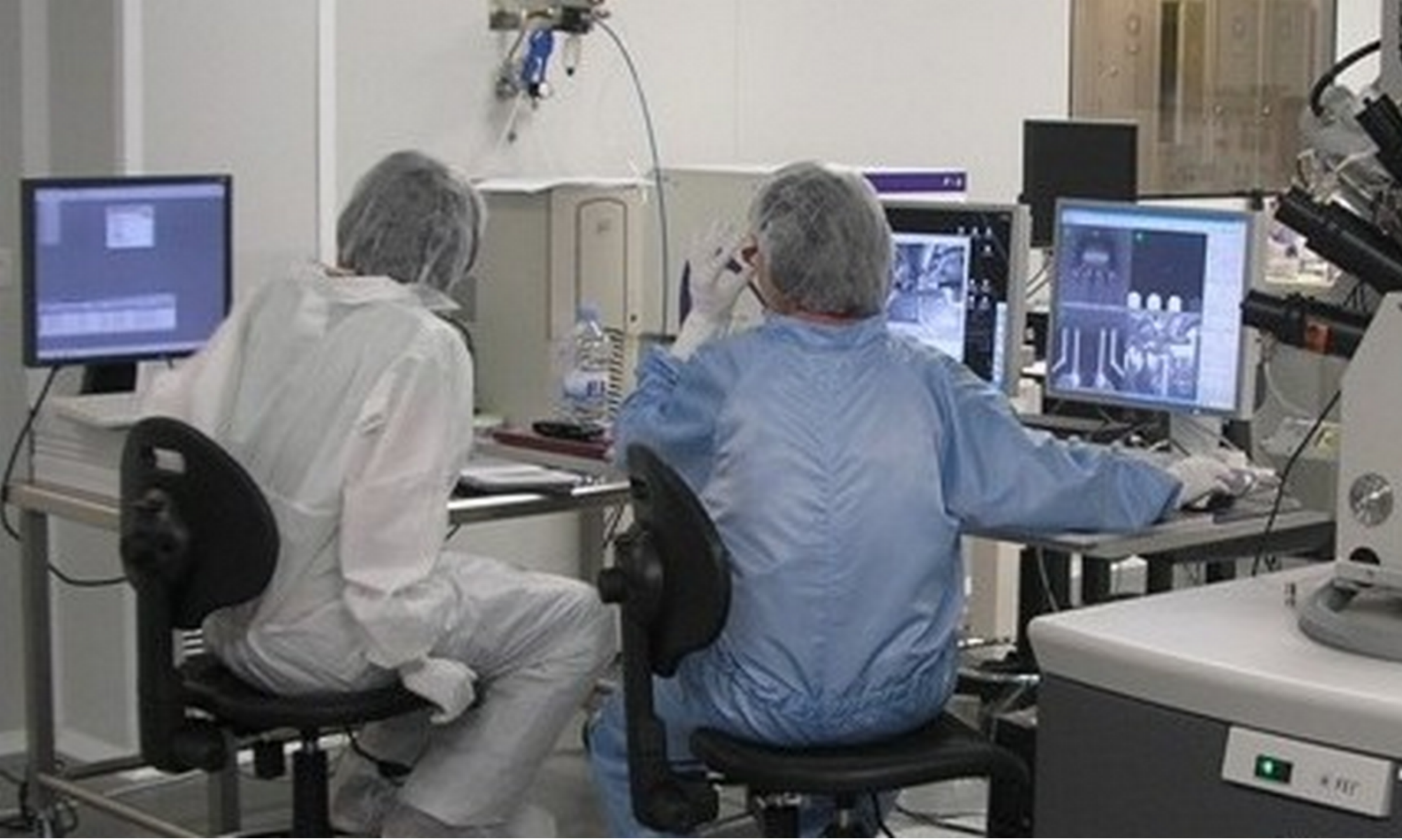Universidad Técnica Federico Santa María (UTFSM) is an education and research Engineering University with Ph.D. in Physics program, the best program evaluated in Chile. The Applied Magnetism and Spintronic Materials Group has expertise in areas covering both theoretical and experimental studies on spintronics, spin dynamics, ferromagnetic resonance, magneto-optics, magnetic nanostructures, and nanoparticles, magneto-transport and high-frequency characterization of magnetic materials deposited on thin films and patterned nanostructures.
Main Infrastructure for the project: FMR a frequency ranging from 2 to 18 GHz and magnetic field up to 0.5 T, equipment for SSE and Nernst Effect, MR measurements in the variable field, and MOKE equipment.
Principal investigator

Prof. Dr. Carlos Garcia
Associate Professor at the Department of Physics of UTFSM
head of the group “Applied Magnetism and Spintronic Group”
Expertise: Thin films deposition, Electric and spin transport, Magnetic properties, Ferromagnetic Resonance
carlos.garcia(at)usm.cl
Team members:

Dr. Cristian Romanque
Researcher – Department of Physics of UTFSM
Expertise: Spin transport properties, thermoelectric effects, Ferromagnetic Resonance, Magnetic properties, thin film deposition.
cristian.romanque(at)usm.cl

Ignacio Radic
MSc Student at the Department of Physics of UTFSM
Expertise: Magnetic properties, FORC, thin film deposition.
ignacio.radic.12(at)sansano.usm.cl

Dra. Marian Abellan
Researcher at the CCTVal (Centro Cientifico and Tecnologico de Valparaiso)
Expertise: Thin films deposition, Spin transport properties, Ferromagnetic Resonance
marian.abellan(at)gmail.com

Dr. Mario Mery
Postdoctoral Fellowship – ANID Chile
Expertise: Thin film deposition, Magnetic properties, Electronic energy losses, low energy interaction.
mf.meryduarte(at)gmail.com

Dr. Saravanan Lakshmanan
Postdoctoral Fellowships – ANID Chile
Expertise: Thin films deposition, Magnetic properties, Spintronics, MTJs, Perpendicular Magnetic Anisotropy.
llsaravanan90(at)gmail.com
Equiment

UHV Sputtering System: The deposition system has 7 Magnetron Sputter Sources (2 DC 750 W and 2 RF 300 W Power Supplies) and 3 Evaporation Furnaces RADAK II. The substrate holder can be heated up to 850 C and a magnetic sample holder can induce anisotropies during deposition. Samples of thickness from 2 nm up to 500 nm are usually deposited on substrates of 10mm x10mm. A base vacuum better than 5×10-9 Torr allows high-quality deposition.

Magneto-Optical Ellipsometry: This is a versatile set-up that quantifies the change of polarization of monochromatic coherent light after a reflection on a film’s surface. It can work as an Ellipsometer and/or Magnetometer.
With this technique, we can obtain the full dielectric tensor of a magnetized material. With the combined capabilities of our set-ups we can make L-MOKE, T-MOKE, and polar MOKE at light wavelengths from 405 to 950 nm and magnetic fields up to 0.5 T. It is also possible to determine the complex refractive index, Kerr rotation, and Kerr ellipticity values with a sensitivity down to few micro-rad. Nano-rad resolution is expected with upcoming upgrades.

Spin transport and Thermoelectric set-up
Our setup allows us to measure spin transport properties such as the Spin Seebeck effect, spin magneto resistance, etc. in addition to thermoelectric properties such as the Nernst effect, Anomalous Nernst effect, Ettingshausen effect, etc. We have successfully developed an alternative methodology to measure the Spin Seebeck effect with an unprecedented level of accuracy.

Transport Measurement: The cryogenic characterization system measures the electrical and magnetic properties of materials from 1.6 K to 400 K and magnetic fields up to 9 Tesla. Vibrating sample magnetometer (VSM) and AC susceptibility with ultra-low field option are available together with a rotating sample platform for DC Resistivity & Hall effect / AC Resistivity & Hall effect.

High-frequency characterization: Our FRM system sweeps a range of frequencies from 2 to 17GHz and has the sensitivity to detect signals in thin films down to 2 nm. As an extra/feature, the system has an optional waveguide to detect the Inverse Spin Hall Effect.
High-frequency electric characterization is available in our lab where we can measure the resistance and the complex impedance of films and devices at room temperature from DC to 20 GHz, up to 6 K Gauss.


